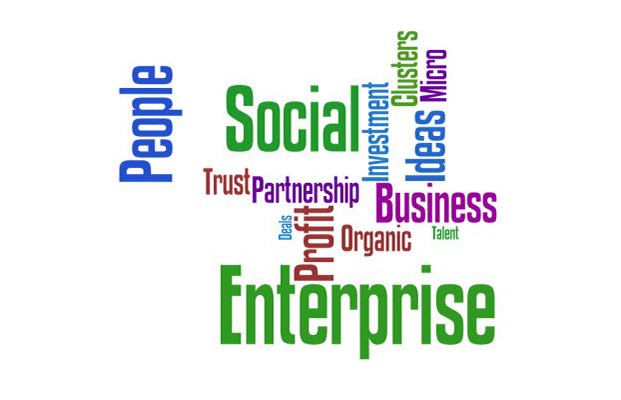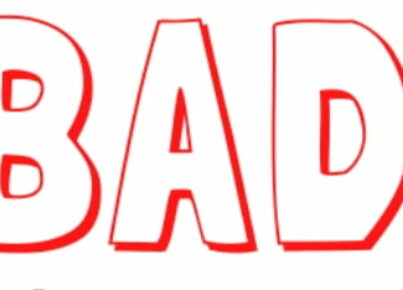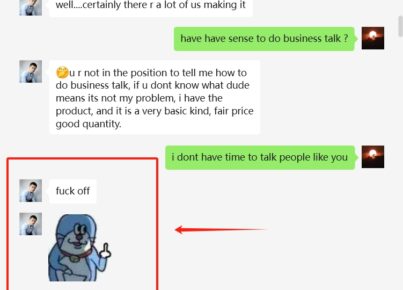How fruitful organizations change their own environments By Shalom Lamm.
Social business has arisen in the course of recent a very long time as an approach to recognize and achieve conceivably groundbreaking cultural change.
A mixture of government intercession and unadulterated business, social endeavors can address issues that are too restricted in extension to start administrative activism or to pull in private capital.
To succeed, these endeavors should cling to both social objectives and firm monetary imperatives, says Shalom Lamm.
Ordinarily, the point is to profit a particular gathering of individuals, forever changing their lives by modifying a predominant financial harmony that works to their weakness.
Here and there, similarly as with an ecological business venture, the advantage might be stretched out to a more extensive gathering once the task has given evidence of the idea.
Yet, more regularly the advantage’s objective is a monetarily hindered or minimized portion of society that doesn’t have the way to change its social or financial possibilities without assistance.
The undertaking must likewise be monetarily maintainable. In any case, the new financial harmony will require a consistent progression of sponsorships from citizens or magnanimous suppliers, which are hard to ensure uncertainly.
According to Shalom Lamm, to accomplish manageability, an endeavor’s expenses should fall as the number of its recipients rises, permitting the dare to lessen its reliance on charitable or administrative help as it develops.
Sometimes a social endeavor may even produce a beneficial business.
In the last part of the 1970s, for instance, Muhammad Yunus tied down financing to lead an investigation in which helpless borrowers were given little credit.
The investigation developed into the celebrated Grameen Bank, a monetarily feasible social business serving distraught Bangladeshis.
As others all throughout the planet saw that it was really conceivable to make a clean benefit loaning to destitute individuals,
they embraced the Grameen model, unfathomably amplifying the effect of Yunus’ underlying development.
How can social business visionaries deal with increment their odds of accomplishing manageability—and maybe even productivity?
We think we have an answer. In the course of recent years we have contemplated fruitful social business visionaries very close through our work for the Skoll Foundation, which was set up in 1999 by the web business visionary Jeffrey Skoll.
Every year the establishment gives the Skoll Award for Social Entrepreneurship on few individuals. In excess of 100 social business people addressing 91 associations have gotten Skoll grants to date.
In contemplating these pioneers and their endeavors, we have discovered that they all emphasize on changing two highlights of a
current framework—the monetary entertainers included and the empowering innovation applied—to make practical monetary models that can for all time shift the social and financial balance for there focused on recipients.
In the accompanying pages, we’ll portray how agent business people have effectively rolled out these improvements.
The Actors:
Social and financial issues regularly mirror an awkwardness of force among the monetary entertainers included. India’s handwoven carpet industry offers a great representation of this dynamic.
In the mid-1980s the kids’ privileges lobbyist Kailash Satyarthi, joint victor with Malala Yousafzai of 2014 Nobel Peace Prize, saw that helpless youngster were simple prey for work dealers who selected specialists for various Indian ventures, including rug weaving.
Social business visionaries add new entertainers to a current framework: clients and government.
Caught by these brokers, the youngsters were offered to entrepreneurs who constrained them to work at least 12 hours every day under severe conditions, their little hands creating the attractive however reasonable mats retailers requested.
Three gatherings of players—proprietors, work specialists, and retailers—ruled the country’s handmade rug industry,
their interlocking advantages propagating an especially revolting balance that profited them by abusing youngsters.
In circumstances like this, we have noticed, social business people, plan to change the balance by adding new entertainers to a current framework.
These entertainers fall into two classes: clients, whose job is to move the force equilibrium; and government, whose job is to adjust the financial aspects.
Clients and force:
Satyarthi started his vocation in activism fundamentally through promotion and coordinating assaults on organizations, with the expectation that he could bring issues to light of youngster abuse.
He reviews where he constrained himself to concede that this methodology could never change the framework. Following a nerve-racking however fruitful attack,
he was going home when he stood up to one more pack of work intermediaries boarding a train with many kids destined for the existence of subjugation.
He understood that liberating 10 or 20 or 200 youngsters, when another 200 or 2,000 would come directly behind them, was not the arrangement.
What could have an effect, he found, was edified shoppers who might decline to purchase mats that had been made with slave work.
Satyarthi’s knowledge came when an older lady disclosed to him she had purchased a rug in absolute obliviousness of how it had been made, however, once she discovered that it had most likely been woven by kid workers,
she believed she had no plan of action except for to toss it out. I’m old, she told the extremist, yet you’re exceptionally youthful—you should accomplish something with the goal that I can purchase another floor covering.






You must be logged in to post a comment.